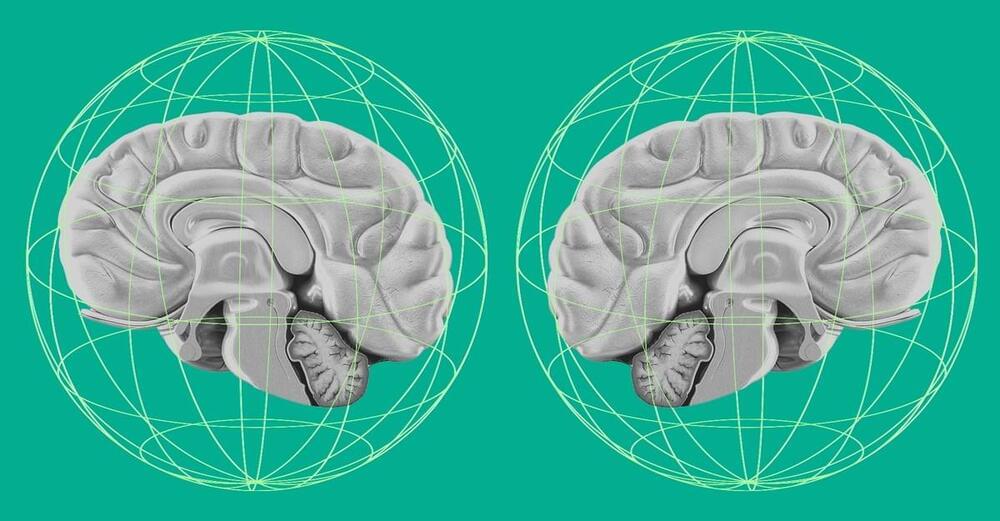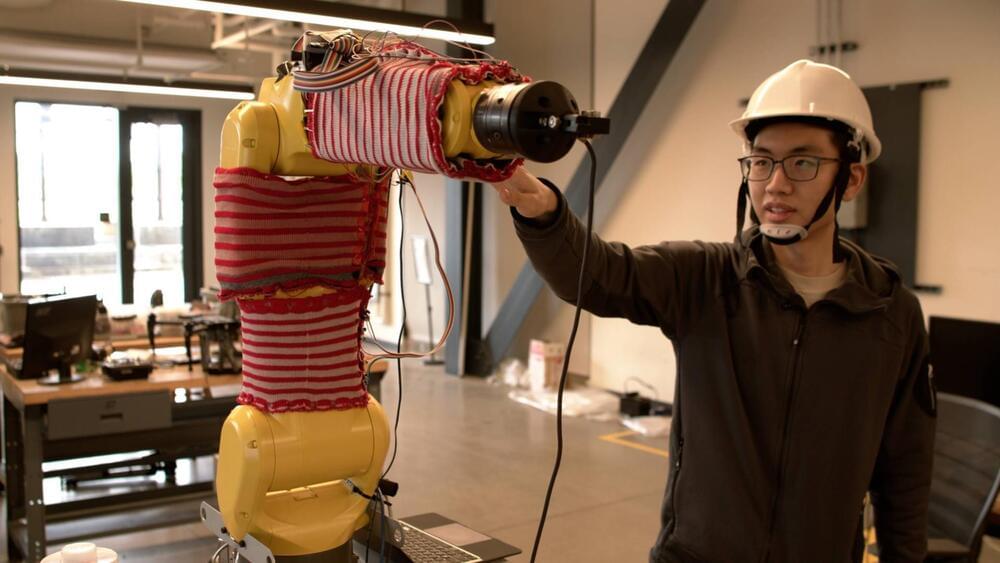😗😁
A fluxonium qubit can keep its most useful quantum properties for about 1.48 milliseconds, drastically longer than similar qubits currently favoured by the quantum computing industry.

😗😁
A fluxonium qubit can keep its most useful quantum properties for about 1.48 milliseconds, drastically longer than similar qubits currently favoured by the quantum computing industry.

Vinay is the CEO and Founder of Arya.ai, the AI cloud for safe & responsible AI.
From self-driving cars to virtual assistants, AI is driving us to a high-performing ecosystem, creating promising use cases across industries every day. While organizations are generating substantial value with artificial intelligence (AI), the technology has many potential risks. Although its capabilities are expanding daily, so are the regulations, risks and ethical pitfalls around AI. Let’s discuss AI’s potential risks to individuals and society and industries’ preparedness to mitigate them.
Reliability is critical to ensuring the effective and safe deployment of AI models in real-world applications. While AI models are expected to maintain accuracy, their performance can drift over time due to several factors. Failure to monitor and diagnose AI models can lead to inaccurate predictions and high-stakes issues.

Meet the house that diapers built.
Researchers have designed and erected a house that has shredded, disposable diapers mixed into its concrete and mortar. A single-story home of about 36 square meters can pack nearly 2 cubic meters of used diapers into its floors, columns and walls, the team reports May 18 in Scientific Reports.
Using recycled diapers as composite building materials would not only shrink landfill waste but also could make such homes more affordable, the team says, a particular need in developing countries like Indonesia where the demand for low-cost housing far outstrips the supply.




Dr. Alice Agogino’s Mars robot technology finds terrestrial applications, revolutionizing disaster response and public safety with Squishy Robotics Inc.
For her NASA-funded spherical skeleton robots intended for interplanetary exploration, Dr. Alice Agogino, a famous scientist and the head of the Berkeley Emergent Space Tensegrities Lab at the University of California, Berkeley, has found terrestrial applications.
The robots developed by Agogino, which were initially meant for data collection on Mars or the Moon, may help first responders in the event of calamities on Earth.

The Robotics Institute at Carnegie Mellon University has developed a machine-knitted textile “skin” that can detect contact and pressure.
Over recent years, the goal in robotics has been to make robots more humane.
To make this possible, engineers have now developed a first-of-its-kind “RobotSweater” that will enable better interaction with humans. The Robotics Institute at Carnegie Mellon University has developed a machine-knitted textile “skin” that can be wrapped around the robot’s body to detect contact and pressure.


The policy vacuum could impact refugees warns lawmaker.
The federal government in Australia has left it to the various departments to decide on the usage of artificial intelligence (AI) tools like ChatGPT instead of formulating a common policy for public services, ABC News.
Millions of users have experimented with tools like ChatGPT since it was introduced last year, and private organizations have jumped to make AI an integral part of their products and services to improve productivity and cut costs.